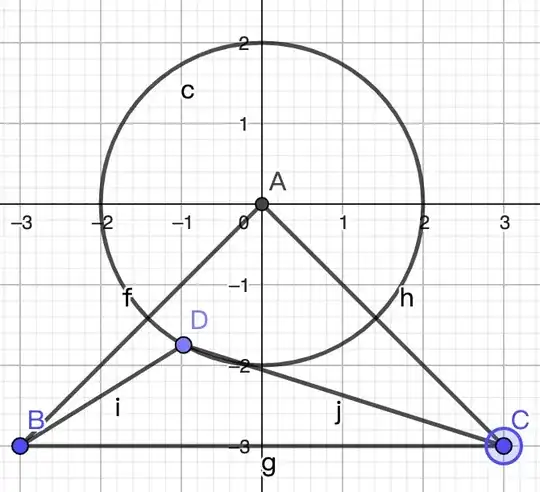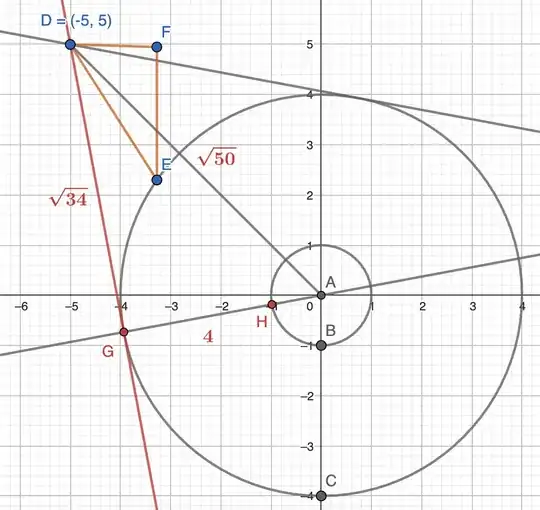If $m^2+n^2=1$, find the maxmum of $\dfrac{5-4m}{5-4n}$.
The original question is to find the maximum of $\dfrac{BD}{CD}$. By simplifying the formula through cosine theorem, I get the above formula. The value should be equal to $\sqrt{\dfrac{5-4m}{5-4n}}$.
How to find the value? Any elegant geometric solutions are also welcomed.

